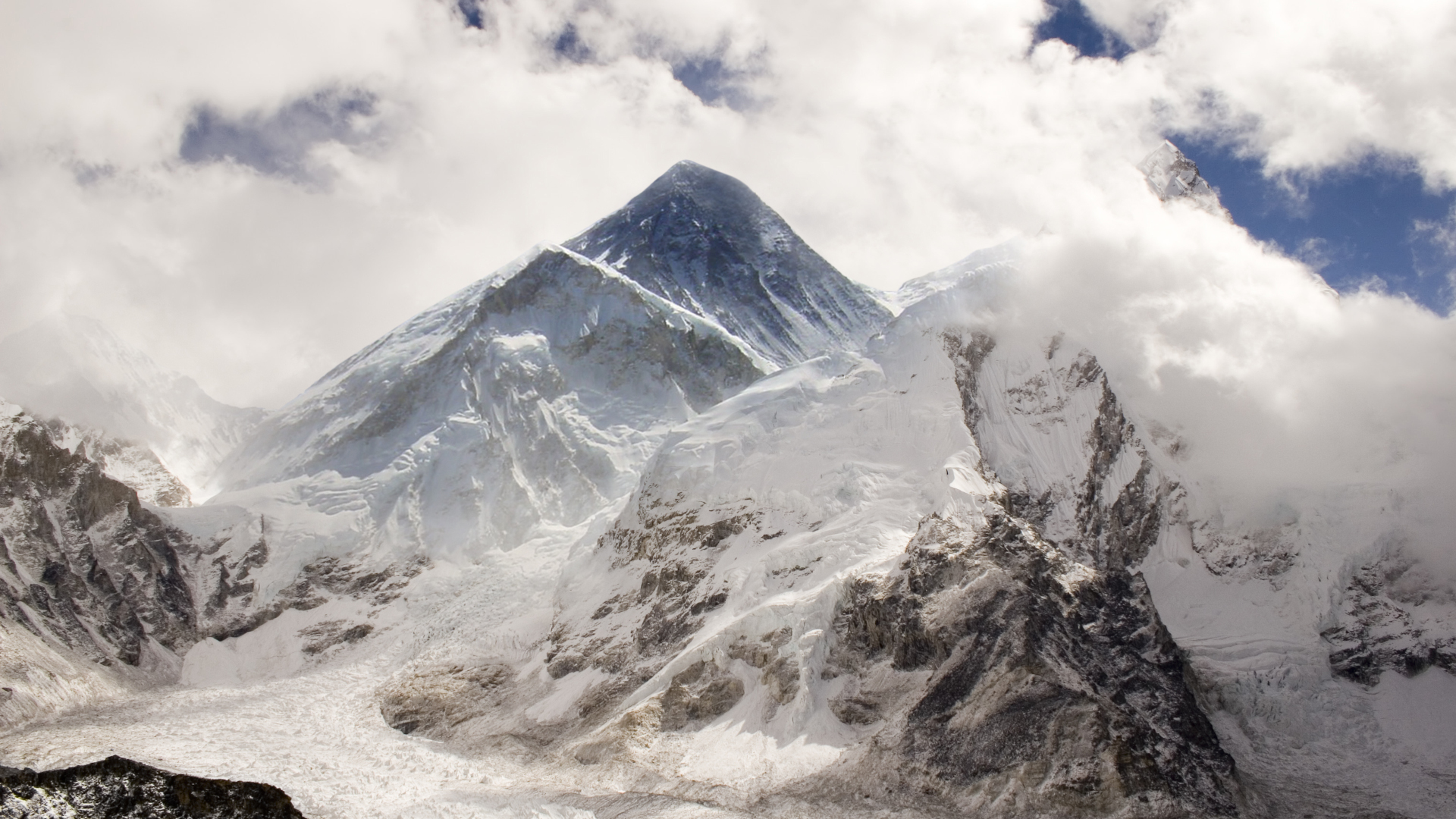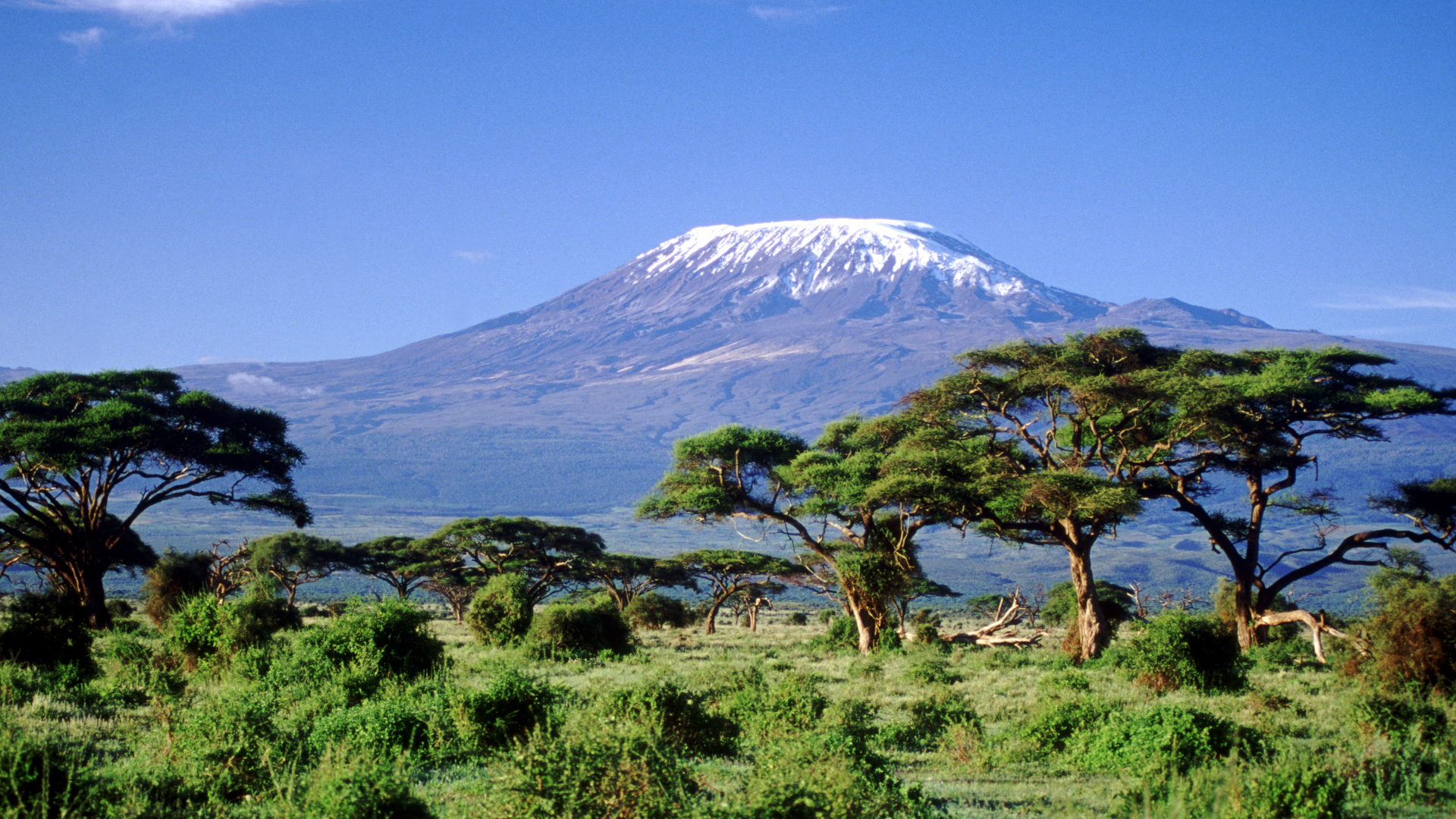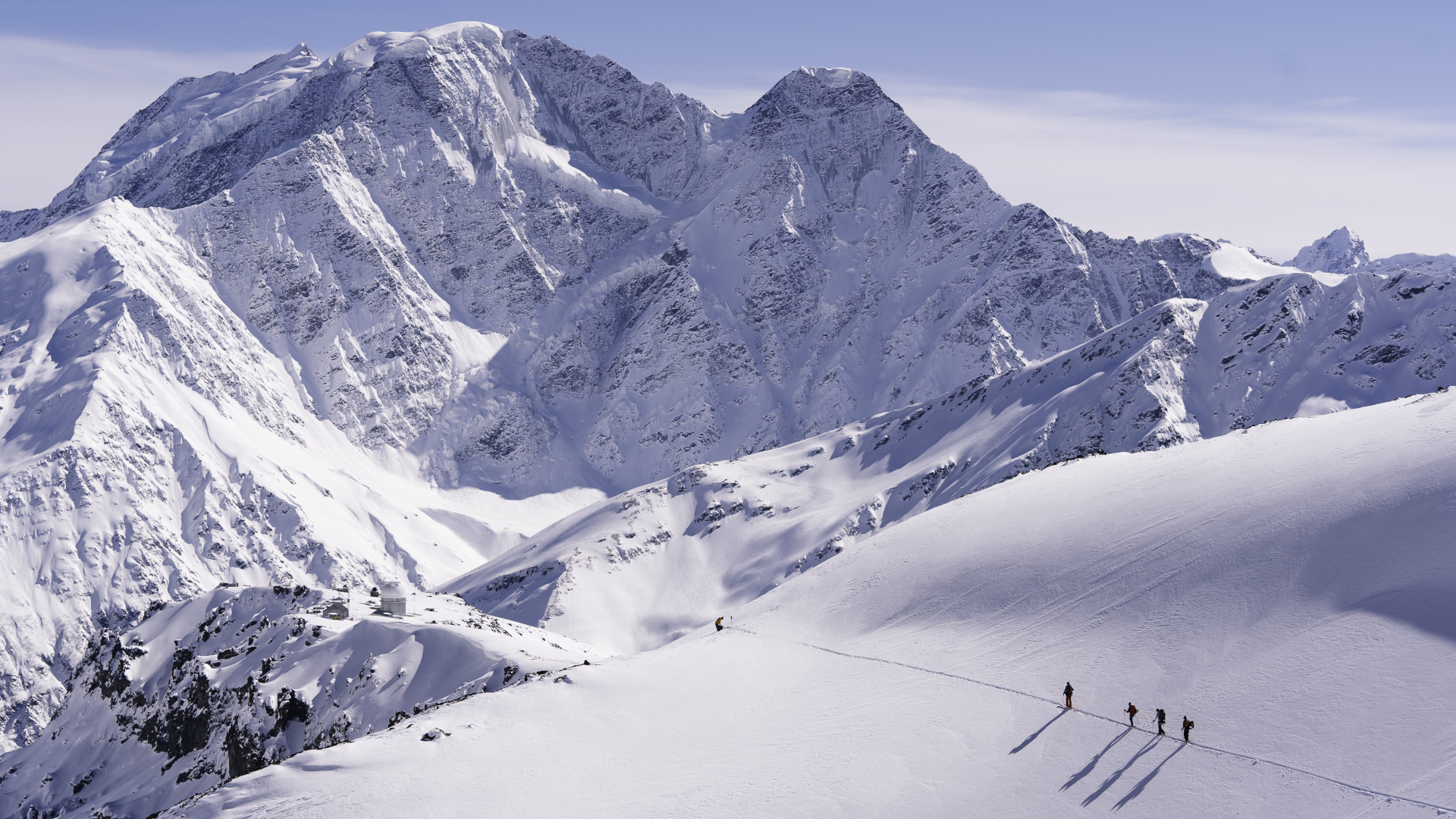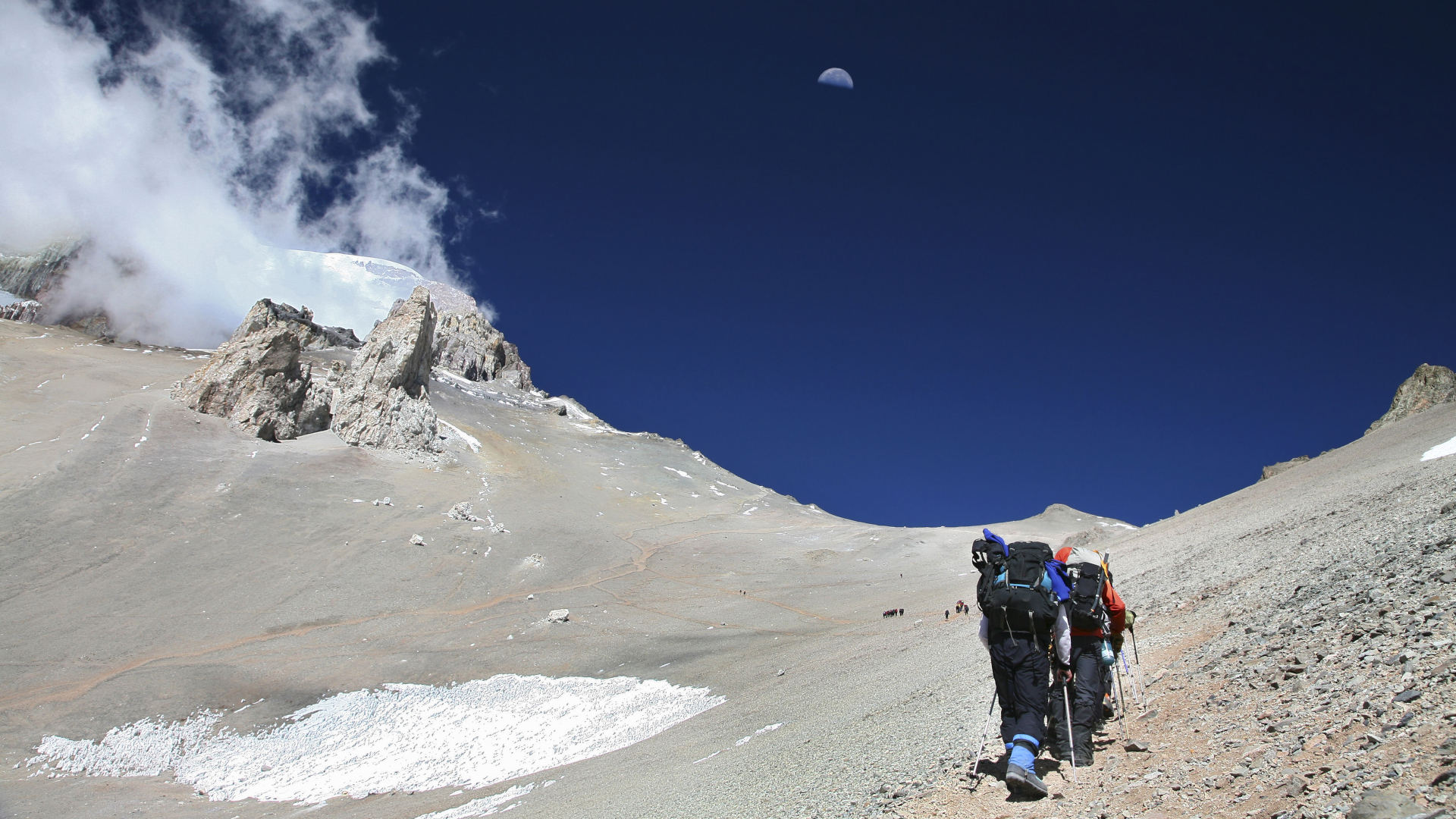What are the Seven Summits? And how many are there, really?
What are the Seven Summits? We explain this mountaineering achievement and why there are sometimes six summits, and occasionally eight

One of the greatest achievements in the world of mountaineering is climbing each of the Seven Summits. Since the 1980s, hundreds of hardy mountaineers have swapped their hiking boots for mountaineering boots and crampons to tackle the highest points around the world. But strangely, they don't all climb the same seven mountains, while some of them might only climb six, and others summit eight. So, what are the Seven Summits, exactly, and why is there so much debate around their number?
The Seven Summits refer to the highest peak in each continent, and since we all learned that there are seven continents in elementary school, you wouldn’t think it would be that hard to figure out which mountains we’re talking about. However, while the height of each peak is not in dispute, how many continents there are and where their boundaries lie causes a surprising amount of discussion and variation in what the seven summits actually are. We’ll do our best to explain…

In 1985, a mountaineer and owner of Snowbird Ski Resort in Utah named Richard 'Dick' Bass became the first person to stand on the Seven Summits, along with his climbing partner Frank Wells, completing his mission at the age of 55. Since his success, hundreds of other daring mountaineers have finished the challenge, though there are small variations in their approach. These variations are the result of a few geographical question marks.
First, there’s the question of whether Europe should be considered a continent in its own right, or whether it is part of Eurasia. If you think Europe should be considered its own continent, then you have to decide where the boundary line is between Europe and Asia to determine whether the highest peak is Mont Blanc, which some climbers accept, or Russia’s Mount Elbrus, which is more common. If, however, you classify Europe and Asia as one continent, then neither of those peaks makes the cut because they’re clearly overshadowed by Mount Everest. If you’re paying attention, that means that there aren’t seven summits at all, but six.

Further complicating matters is whether your definition of the Australian continent includes just the country of Australia, or the entire continental shelf. If you go with the former, then Mount Kosciuszko is the tallest mountain on the continent, but if you go with the latter, then it’s New Guinea’s Puncak Jaya. Unless, of course, you consider Indonesia to be part of the Australian continent, in which case it’s Mount Wilhelm.
Confused? Us too. The good news is that there aren’t any questions around the remaining five summits, so the variations are actually down to only one or two mountains. Here’s what Bass climbed when he set the first record:
| Peak | Continent | Elevation |
|---|---|---|
| Everest | Asia | 8,848.86 m / 29,031.7 ft |
| Aconcagua | South America | 6,960.8 m /22,837 ft |
| Denali | North America | 6,190 m / 20,310 ft |
| Kilimanjaro | Africa | 5,895 m / 19,341 ft |
| Vinson | Antarctica | 4,892 m / 16,050 ft |
| Elbrus | Europe | 5,642 m / 18,510 ft |
| Kosciuszko | Australia | 2,228 m / 7,310 ft |
As you can see, Bass defined the Australian continent as just the country itself, and distinguishes Europe from Asia. Only a year later, a Canadian climber named Pat Morrow became the first to complete the version that considers Puncak Jaya to be the tallest peak in the Australian continent. Reinhold Messner completed this same version later that same year, and it is now widely known as the Messner version. Perhaps that's because he’s the more famous climber, or perhaps it’s because he went the extra mile and was the first to do it without supplemental oxygen. In either case, lots of over-achieving climbers make sure to do all eight of the summits on Bass and Messner’s lists to cover all their bases.
Advnture Newsletter
All the latest inspiration, tips and guides to help you plan your next Advnture!

Other notable ascents include Rob Ball and Gary Hall, who became the first to climb the Seven Summits in seven months in 1990; Japan’s Junko Tabei who became the first woman to complete the quest in 1992; and English mountaineer Rhys Jones, who became the youngest person to complete the challenge in 2006, aged 20. Though each climber might tackle a slightly different list of summits, they’ve each climbed well in excess of 40,200m (131,889ft) in doing so, which is like climbing Everest almost five times over – definitely something you can boast about at the bar.
- What is alpinism? And is it different to mountaineering?
Julia Clarke is a staff writer for Advnture.com and the author of the book Restorative Yoga for Beginners. She loves to explore mountains on foot, bike, skis and belay and then recover on the the yoga mat. Julia graduated with a degree in journalism in 2004 and spent eight years working as a radio presenter in Kansas City, Vermont, Boston and New York City before discovering the joys of the Rocky Mountains. She then detoured west to Colorado and enjoyed 11 years teaching yoga in Vail before returning to her hometown of Glasgow, Scotland in 2020 to focus on family and writing.

